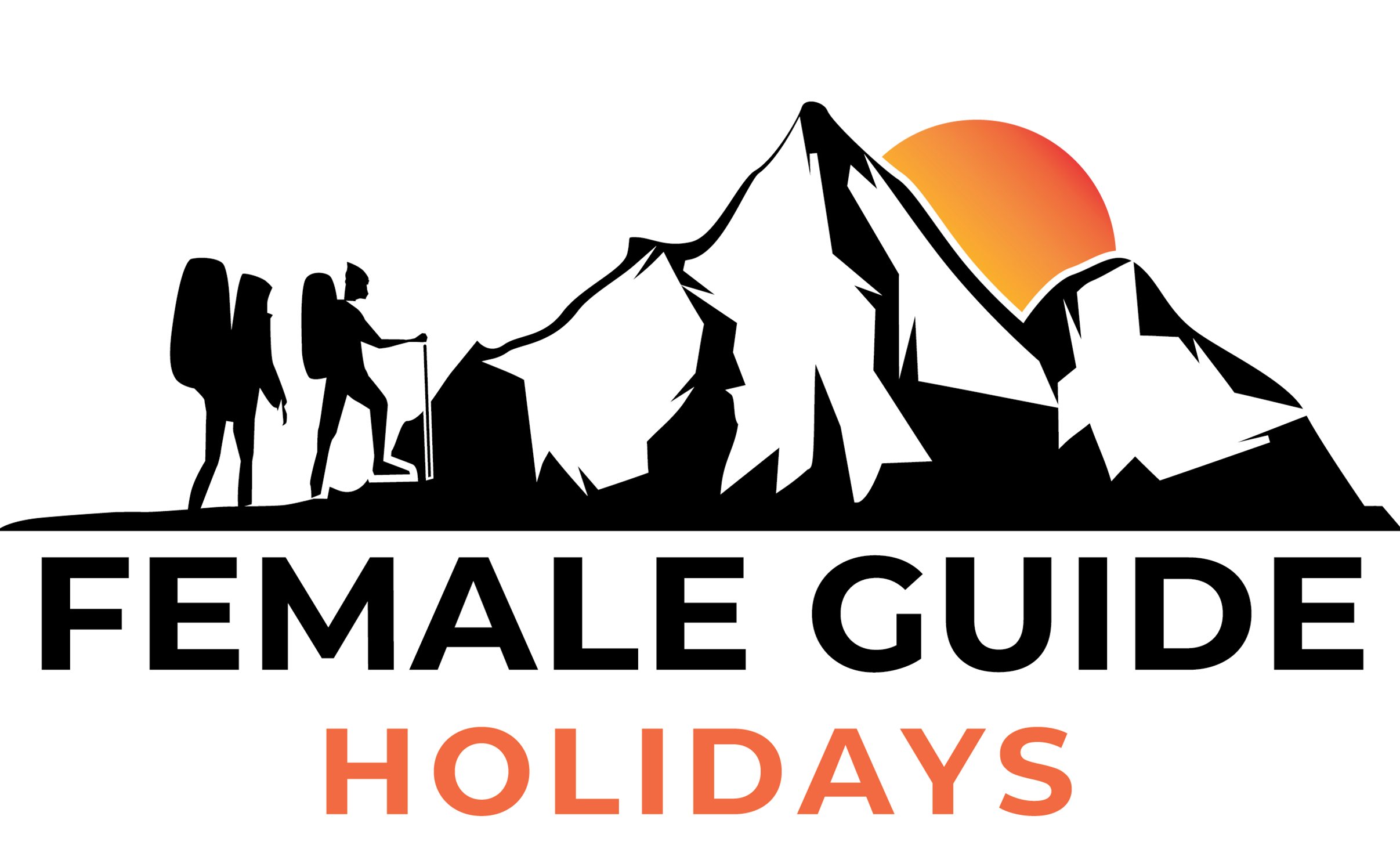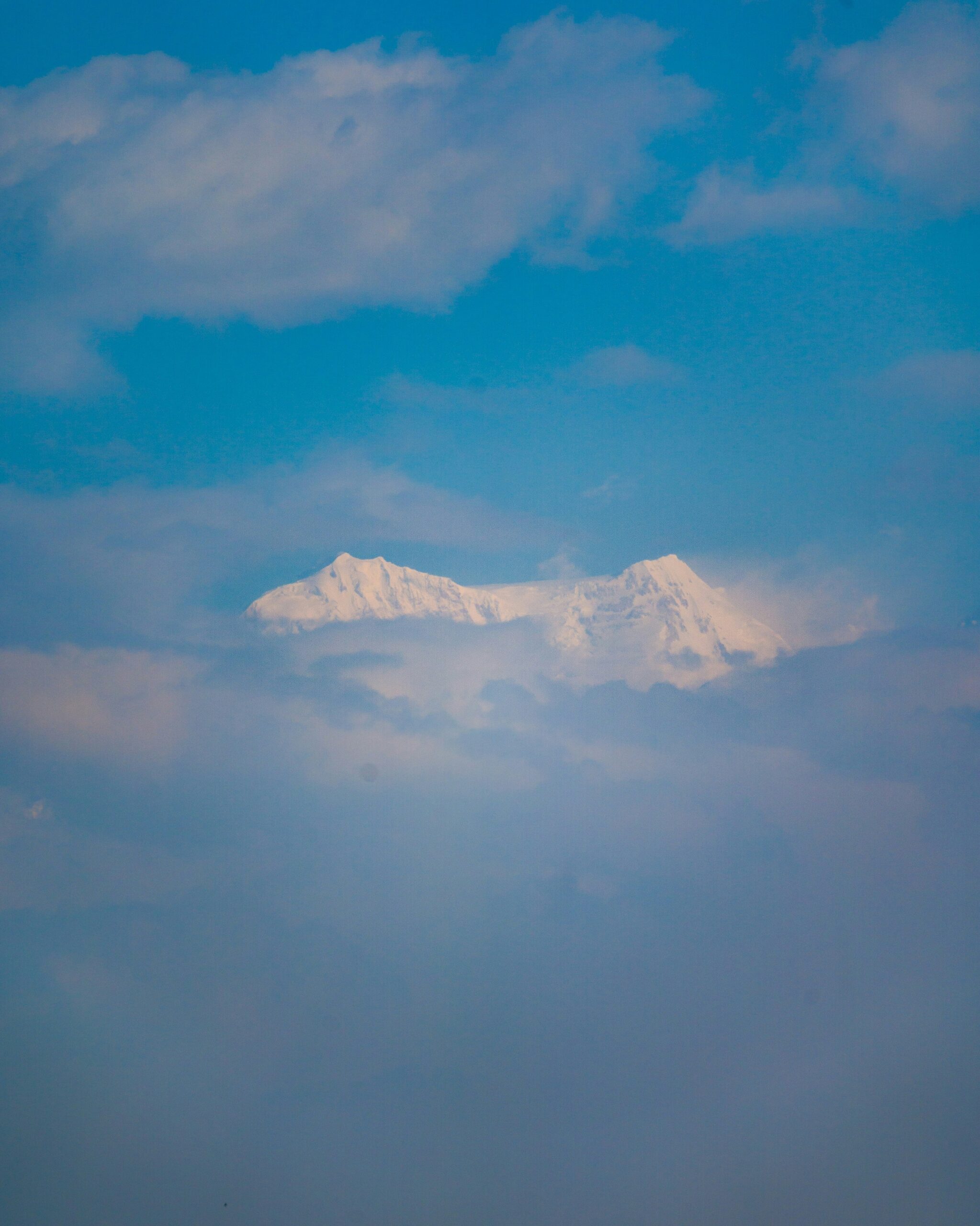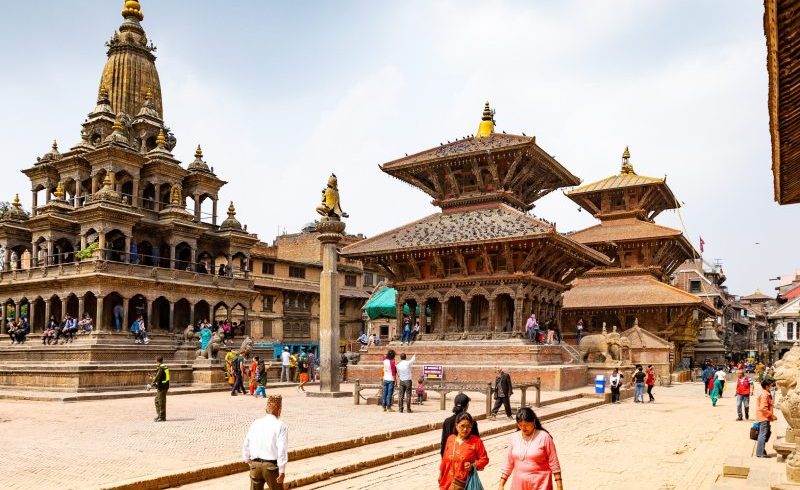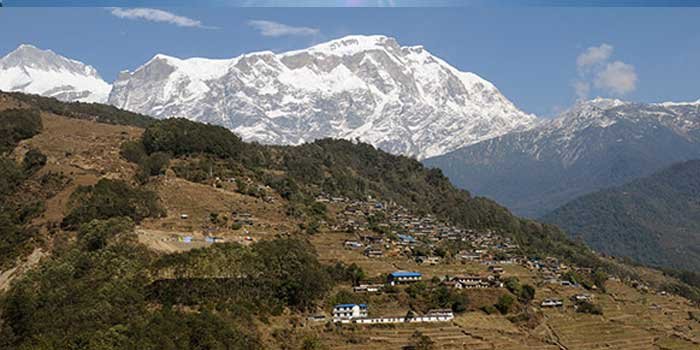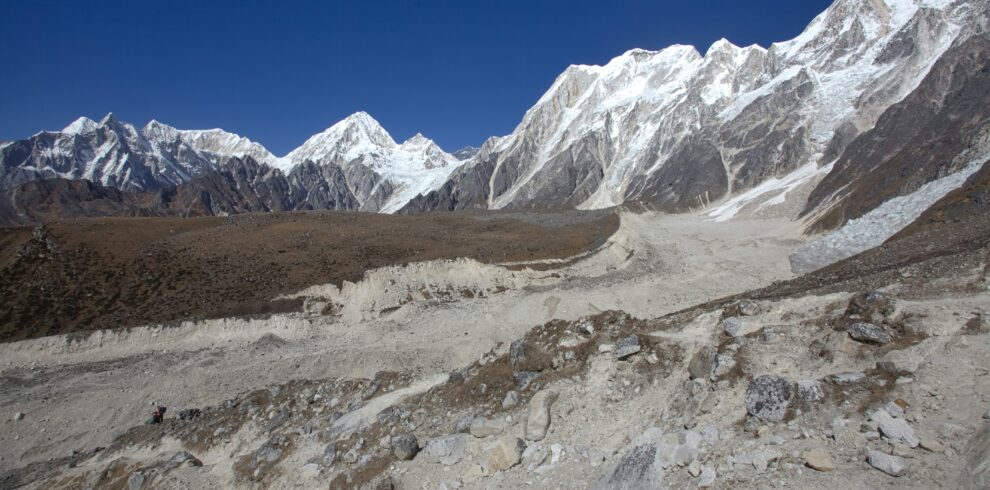Kanchenjunga South Base Camp Trek: Opened for trekking in 1950, Kanchenjunga Base Camp is one of Nepal’s hidden gems, remaining relatively untouched and lesser-known despite its majestic beauty. The trek offers a journey through some of the most remote and stunning landscapes, making it one of Nepal’s most enchanting trekking destinations. The region boasts diverse ecozones, from savannas and grasslands to dense forests, alpine meadows, and rugged terrain, making it a haven for biodiversity and varied microclimates.
Kanchenjunga, often referred to as the “Five Treasures of Snow,” offers a remarkable trekking experience that uncovers breathtaking beauty at every turn. The Kanchenjunga South Base Camp Trek takes you to the foot of the world’s third-highest peak, offering a trekking experience that is both raw and unforgettable.
Overview:
The Kanchenjunga South Base Camp Trek takes you through a variety of landscapes—from charming hillside villages and ancient forests to alpine meadows, glacier valleys, and river networks. The trek not only immerses you in awe-inspiring views of the mountains but also introduces you to the rich culture of the people who call this remote area home.
The journey begins with a scenic flight from Kathmandu to Bhadrapur. From Bhadrapur, you will drive towards Suketar, moving from the flatlands of Terai to the rolling hills of the region. Suketar marks the start of the trek. Your trail will take you through the lush wilderness of sub-tropical forests, leading to Lali Kharka, a picturesque village surrounded by pasture lands. As you ascend, you’ll pass through old-growth forests and reach Kande Bhanjyang Village. Continuing onward, you will follow winding rivers and trek through dense woodlands to reach Phumphe Danda Village.
From Phumphe Danda, the beauty of the region unfolds before your eyes as you make your way to Yamphudin. You will then cross the Lassiya Bhanjyang Pass to arrive at the quiet village of Tortong. The trail climbs higher, bringing you to Ramche, where you can enjoy stunning views of peaks like Koktang, Rathong, and Kabru, along with alpine lakes and pristine rivers. Further along, you’ll follow the Yalung Ri Glacier towards Oktang.
Kanchenjunga South Base Camp
Reaching Kanchenjunga South Base Camp is a rewarding experience, as you will be treated to magnificent panoramic views of the Yalung Glacier, alpine lakes, and towering peaks, including Rathong (6,682 meters), Kabru (7,412 meters), the south face of Kanchenjunga (8,598 meters), and Jannu (7,710 meters). After spending time at the base camp, you will retrace your steps to Tortong, then continue through dense pine forests to Yamphudin.
As you descend through sub-tropical woodlands filled with rhododendrons, oaks, conifers, and orchids, you will pass through the villages of Phumphe, Kunjari, and finally return to Suketar, a small village in Taplejung. The trek concludes with a drive back to Bhadrapur, followed by a flight to Kathmandu.
The Kanchenjunga South Base Camp Trek is a perfect fusion of nature and culture, providing unforgettable memories that will stay with you long after you return. Join Female Guide Holiday Pvt. Ltd. on this thrilling adventure in the heart of the Himalayas, and experience the grandeur of Kanchenjunga like never before.
Entry Fee and Permits
To trek in the Kanchenjunga region, the following permits are required:
Kanchenjunga Trek Permit Costs:
Kanchenjunga Conservation Area Project (KCAP) Entry Permit: NPR 2,000 per person, with no time restrictions on the permit.
Restricted Area Permit (RAP): USD 10 per person, per week.
Kanchenjunga Trek RAP Requirements:
This permit must be issued by a registered local travel agency in Nepal, and a minimum of two trekkers is required to obtain it.
You will need the following documents:
- A valid passport with at least six months’ validity and a Nepal visa valid beyond the expiration of the RAP.
- Information to be provided on the agency’s letterhead:
- Application
- Itinerary
- Insurance details for the guide
- Online submission ID (provided by the agency)
- Details of the payment in dollars
- Digital copy of a passport-sized photo
- Note: Female Guide Holiday Pvt. Ltd. will handle all trekking permit processes.
Accommodation:
In Kathmandu, you will stay in 3-star hotels. During the trek, accommodation will be in basic lodges or teahouses. In some remote areas, makeshift camps will be used for overnight stays.
Meals and Drinking Water
On the Kanchenjunga Trek, you’ll have the chance to enjoy a variety of Nepali and Tibetan cuisines. The trail is dotted with small teahouses operated by local residents, offering basic meals and minimal facilities.
Natural water sources are available throughout the trek from taps and streams. However, as these water supplies are untreated, it’s not recommended to drink directly from them. You can refill bottles with boiled or filtered water from the teahouses along the trail.
For additional safety and convenience, consider carrying water purification tablets, chlorine drops, or using SODIS (solar water disinfection). This not only ensures safe drinking water but also helps reduce plastic waste along the route.
Best Time to Visit
The ideal seasons for trekking in the Kanchenjunga region are autumn and spring.
Autumn (September, October, November): This is one of the best times for trekking. The skies are clear, offering breathtaking views of the surrounding mountain ranges. The forests are lush, and the temperatures are warm during the day with cooler nights—perfect for stargazing.
Spring (March, April, May): As winter ends, the region comes alive with colorful blooms in the sub-alpine forests and green pastures. The weather is mild, and clear skies offer excellent visibility. You’ll also witness herds of sheep and yaks grazing in the highlands during this season.
Monsoon (June, July, August): This season is generally avoided by trekkers due to heavy rain, landslides, and challenging travel conditions.
Winter (December, January, February): The Kanchenjunga region experiences heavy snowfall in winter, making trekking difficult and sometimes impossible as many trails become blocked.
Female Guide Holiday Pvt. Ltd. recommends visiting during spring or autumn for the best trekking experience.
Travel Insurance
It is mandatory for all clients participating in our treks to have comprehensive travel insurance. This should cover personal injury, medical expenses, emergency evacuation (including helicopter rescue), and repatriation in case of accidents, illness, or other unforeseen circumstances. We strongly recommend purchasing insurance from a reputable provider to ensure you are fully protected during your trek in Nepal.
Passport and Visa
To enter Nepal, all travelers must have a valid passport with at least six months remaining from the date of return. Visas can be obtained through the Nepalese consulate in your home country or upon arrival at Tribhuvan International Airport in Kathmandu.
This comprehensive Kanchenjunga South Base Camp Trek, with Female Guide Holiday Pvt. Ltd., offers a rare blend of cultural immersion and natural beauty, creating memories that will last a lifetime. From the diverse landscapes to the welcoming communities, this trek promises a trul
Important Note:
Your safety is of paramount importance to us at the Female Guide Holiday. We have the absolute authority to cancel the trip or change the itinerary, when deemed necessary or when we have reason to believe your safety is at stake. Weather conditions, the health condition of a group member, natural disasters, and such, can contribute to changes in the itinerary when traveling in remote mountainous regions. In these extreme situations, we kindly request that you offer your full cooperation to the trusted leader of the group appointed by the Female Guide Holiday. However, we assure you that we will make every effort to keep to the above itinerary.
